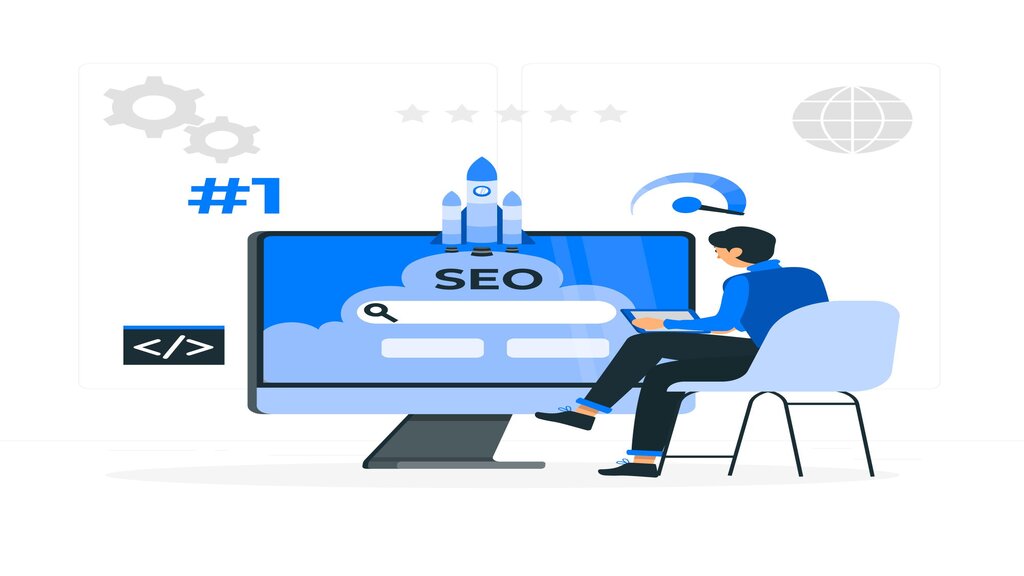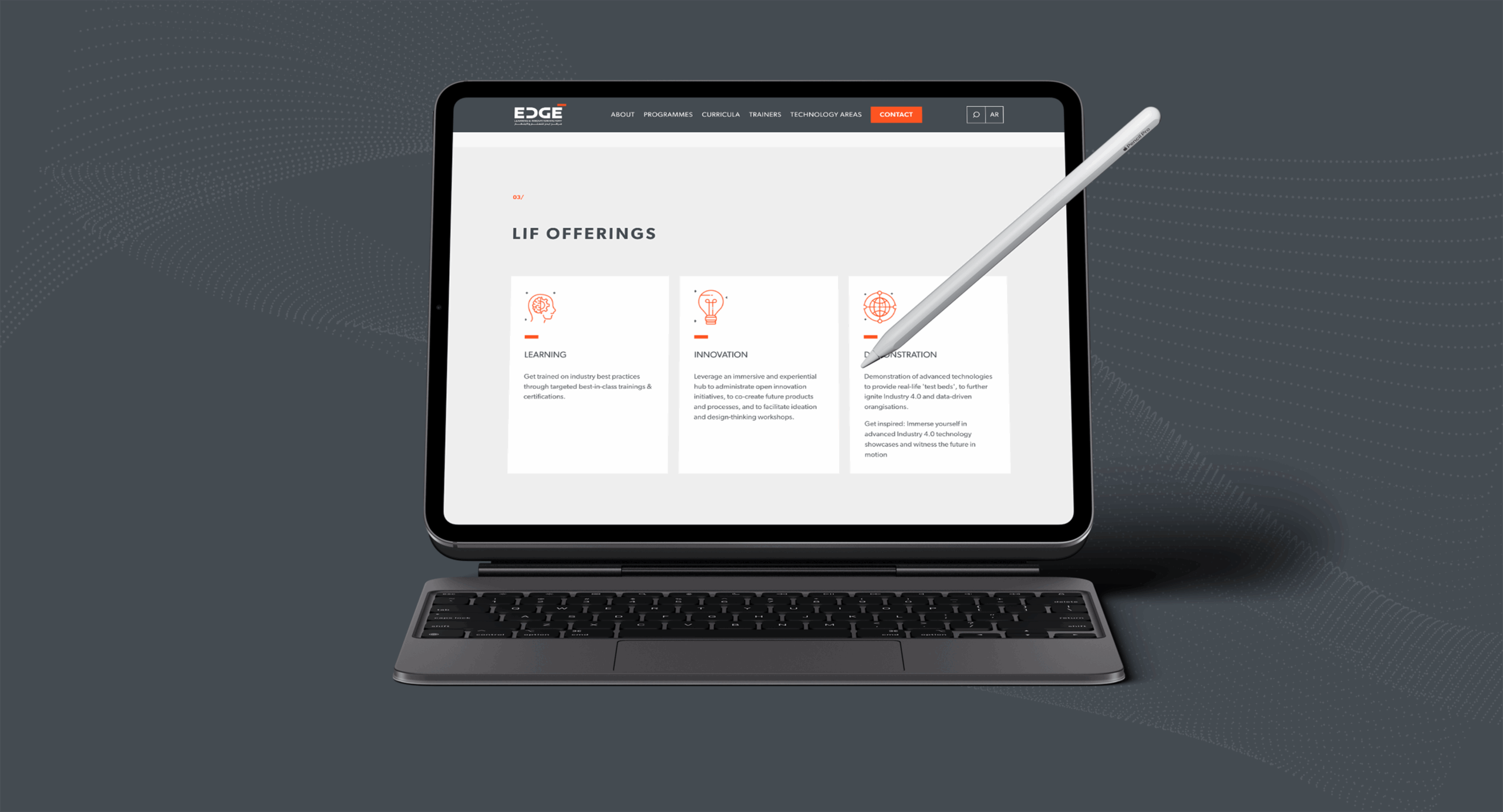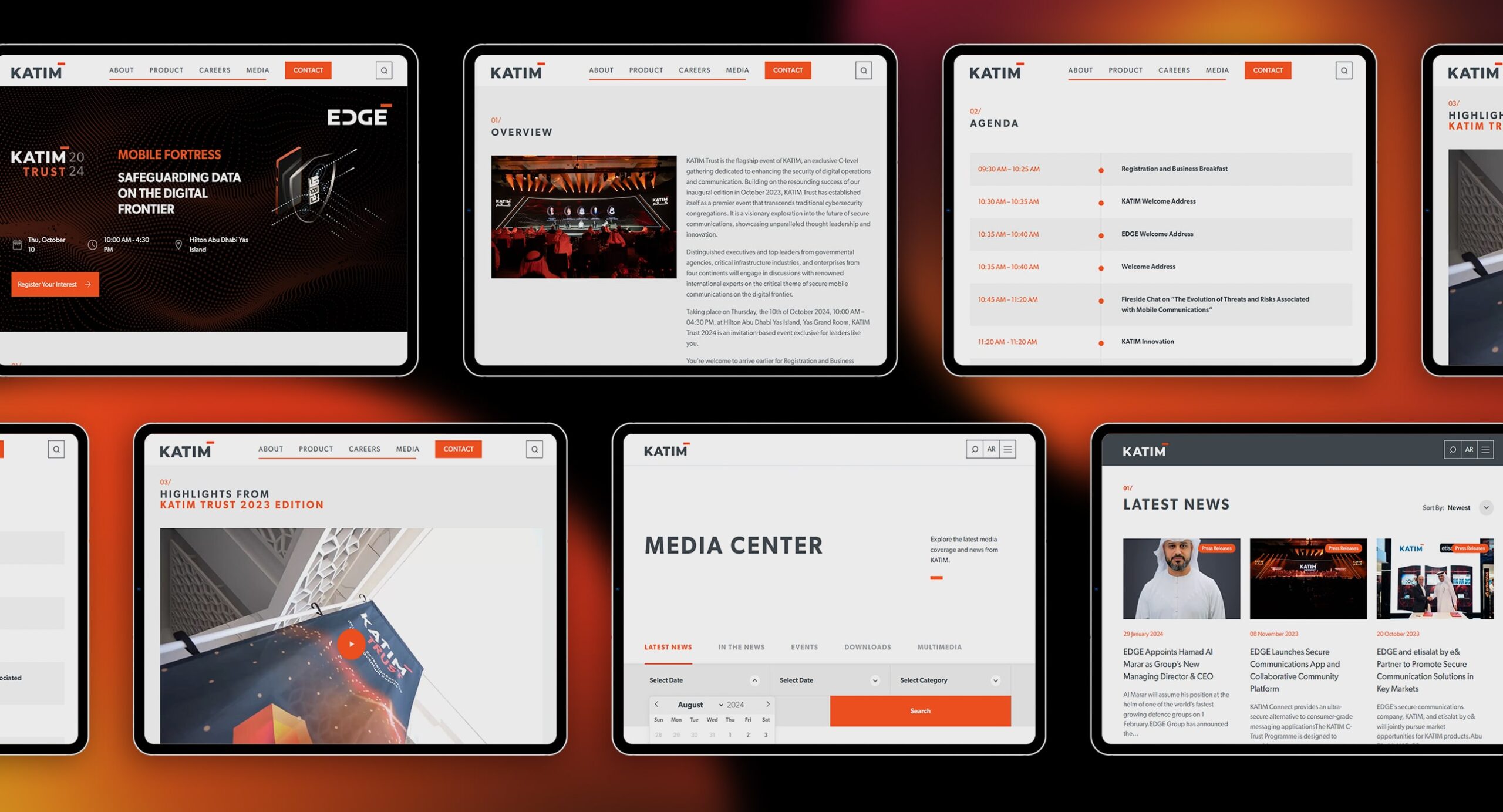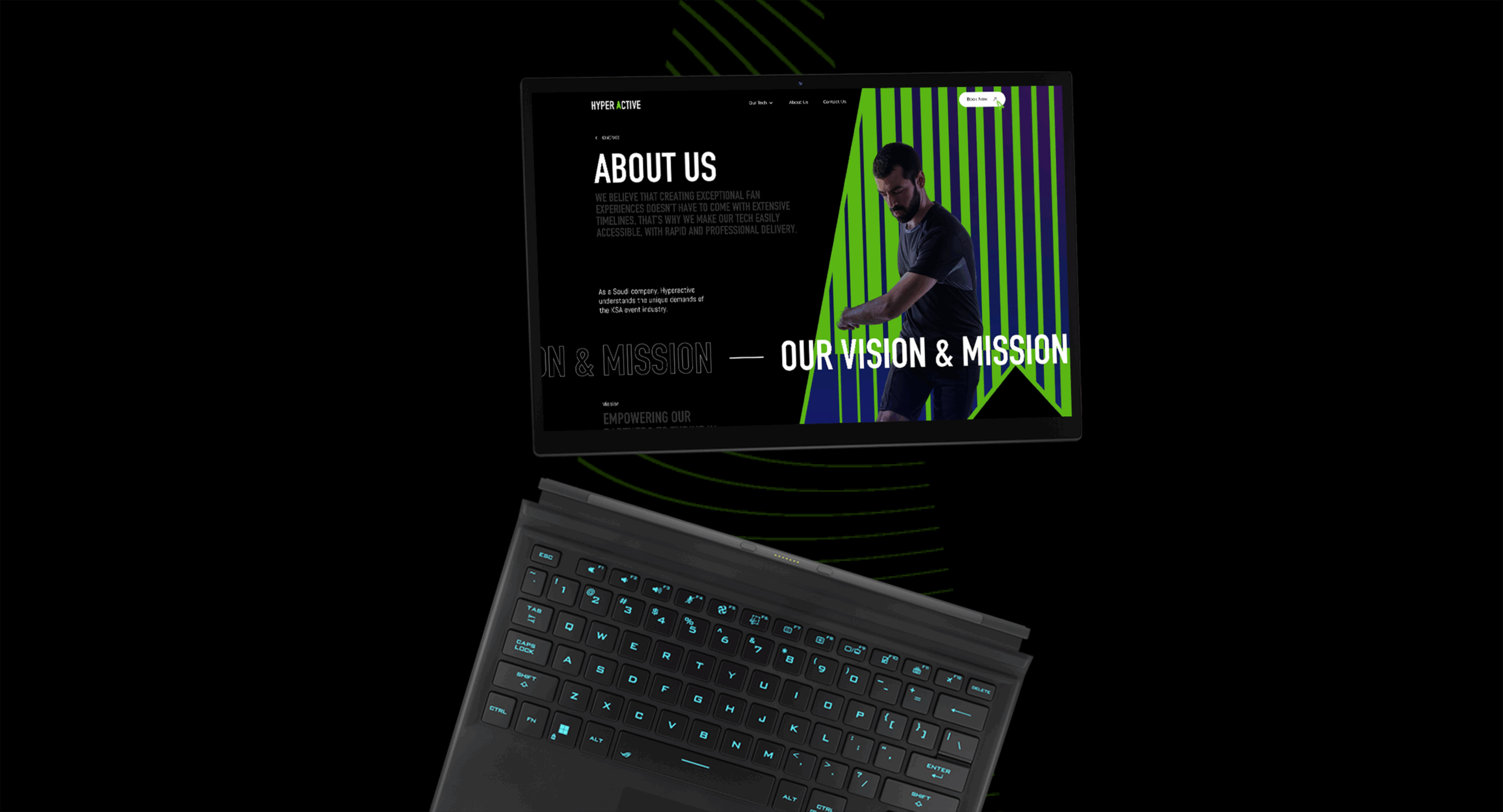In the ever-evolving world of Search Engine Optimization (SEO), understanding user intent has become a crucial aspect of creating a successful online presence. Gone are the days when stuffing keywords into your content would guarantee higher rankings. Today, search engines are smarter, and they prioritize delivering relevant results that satisfy user intent.
In this comprehensive how-to guide, we will delve into the concept of user intent, its significance in SEO, and how you can leverage AI-driven marketing strategies to decipher and cater to user intent effectively.

What is User Intent?
User intent refers to the underlying motivation or goal behind a specific search query made by a user. Understanding what users are looking for when they enter a search term is essential for search engines to provide relevant and valuable results.
The Importance of User Intent in SEO
- Enhanced Relevance: Aligning your content with user intent ensures that the information you provide directly addresses what users are seeking, improving the relevance of your content.
- Improved User Experience: By catering to user intent, you create a better user experience, leading to increased engagement and longer visit durations on your website.
- Higher Conversion Rates: When your content meets user intent, it increases the chances of converting visitors into customers, driving the desired actions on your website.
Types of User Intent
- Informational Intent: Users with informational intent seek answers to specific questions or solutions to their problems. They are looking for educational content, guides, or how-to articles.
- Navigational Intent: Users with navigational intent are looking for a particular website or page. They already know the brand they want to visit and use search engines to find the website quickly.
- Transactional Intent: Users with transactional intent are ready to make a purchase. They are looking for product or service pages, reviews, or comparisons before making a buying decision.
- Commercial Investigation Intent: Users with commercial investigation intent are interested in making a purchase but are still researching their options. They look for product comparisons, reviews, and prices.
Tools to Analyze User Intent
- Keyword Research Tools: Use keyword research tools to find relevant keywords and phrases that fit various user intent types.
- Google’s Related Searches: Examine the “Related Searches” and “People Also Ask” sections of Google to learn more about the typical inquiries related to your target keywords.
- AI-Powered SEO Tools: Utilize AI-driven marketing tools to analyze user behavior and produce insightful data on user intent trends. 3. AI-Powered SEO Tools.
Creating Content to Satisfy User Intent
- High-Quality Content: Create content that is educational, well-structured, and satisfies the individual requirements of users with various goals.
- Long-Form Content for Informational Intent: To address informational queries, produce exhaustive, in-depth long-form content.
- Optimizing the product pages for transactional intent: For developing marketing strategies and effective SEO, understanding user intent is important. You need to tailor the website and customize content to cater to the customer’s needs at various stages of their journey. Numerous approaches can be adopted to achieve this endeavor. Starting users begin the journey with an intent to buy, followed by optimization of pages. Make it a point that there is a clear plan of action accompanied by relevant information to assist users in making informed decisions.
- Navigation intent provides easy navigation: The navigation of the website has to be intuitive and simple for users who are looking for specific information. This enables them to quickly find what they are looking for.
Analyzing user behavior
- Engagement metrics for a user: Analyze metrics like time on page, bounce rate, and click-through rates to provide vital inputs about user behavior. Necessary improvements can be made once you understand how the content satisfies users’ intent.
- User recordings and heat maps: User recordings and heat maps are critical tools in your toolbox. They provide visual interpretations of user behavior on your website, figuring out the problem areas.
The utility of AI in understanding users’ intent
- AI personalization: opting for AI-powered analytics provides vital insights to have a better understanding of users’ intent. AI enables you to identify patterns that can help you personalize your content to better understand the needs of your users. It helps in processing large chunks of user data.
- AI-driven analytics: Understanding AI-driven analytics provides new dimensions for understanding users’ insights. The moment you go on to process large chunks of data, AI is able to identify patterns that help you personalize the content to comply with the user’s needs.
Adoption of a social media strategy to enhance user intent
- Content segmentation: Content segmentation is of critical importance in social media. The customization of various forms of user intent is addressed, ensuring they are part of the various stages in a buyer’s journey.
- Being part of social interactions: To gauge the interests and conversions of the target audience—social listening tools hold value. The data available helps shape the content strategy and comply with the user’s expectations.
Conclusion
For successful SEO and marketing efforts, understanding users’ intent is important. Meaningful insight into the audience can be provided by analyzing user behavior, focusing on AI-driven tools, and developing content that aligns with the user’s intent. There will be more conversions and engagement with a viable online presence. You need to adopt these practices, and your efforts will lead to great results.
For more such blogs, Connect with GTECH.
Related Post
Publications, Insights & News from GTECH







